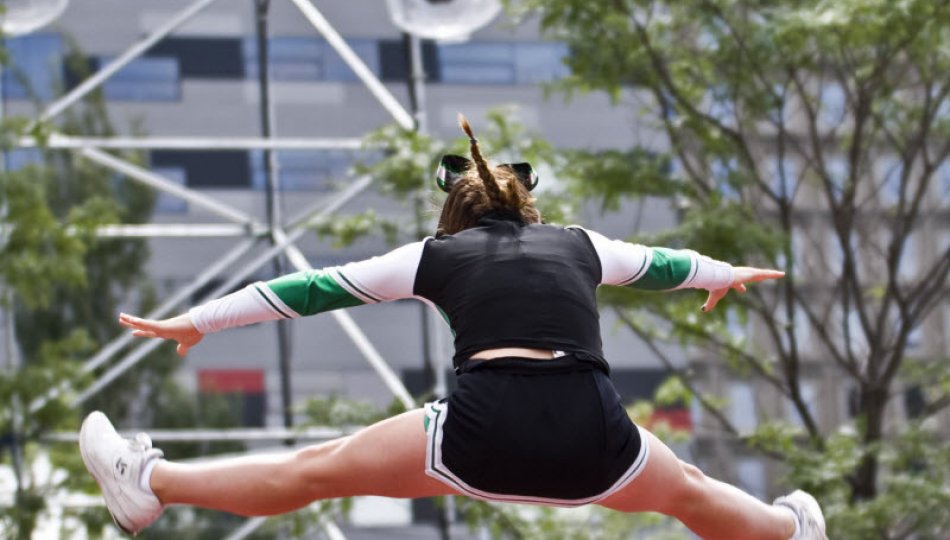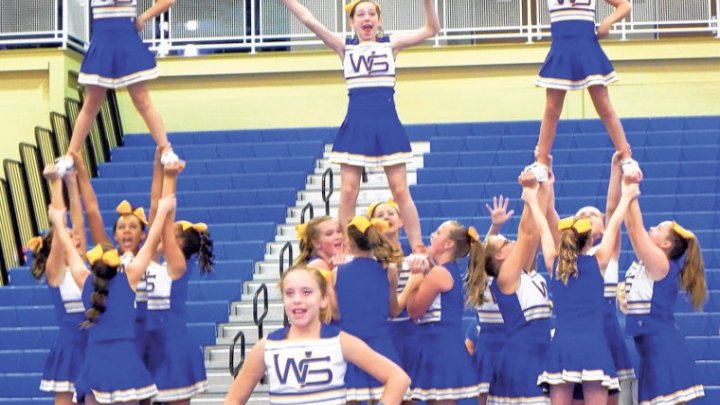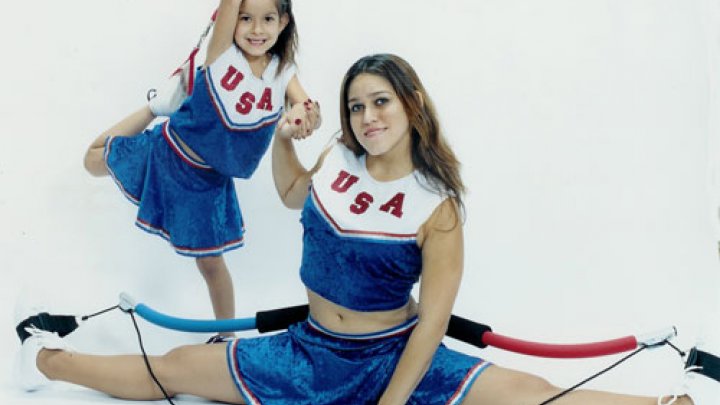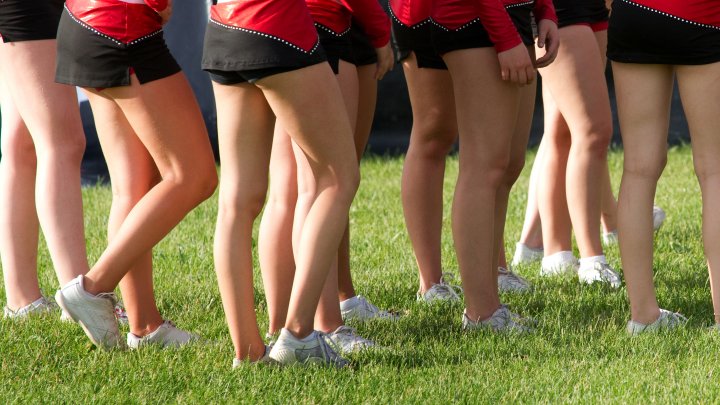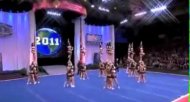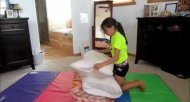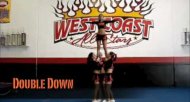Making a varsity cheerleading squad is rewarding but also requires a lot of hard work. If you are unsure how to properly execute moves, you could end up getting hurt. Rather than ending up on the bench because of an injury, consider doing some extra practice at home to help you excel as a cheerleader. Each practice will make you sharper on your toes and will mentally prepare you for the moves you need to do. Rather than risk injury by practicing on your own, safely practice at home, with the help of a spotter, and can get you in shape while learning the proper way to pull it off! Have a Spotter: In order to stay safe while practicing, have someone else available to spot you as you do jumps, flips, tumbles and other basic cheerleading moves. They will have an eye for what you might be doing incorrectly and can help get you back on track. Working in pairs is the best way to gain knowledge from each other while practicing your moves. A spotter will also be there to catch you or support you as you perfect your skills. Flexibility: One way to enhance your performance is by increasing your flexibility. Being flexible will keep you from injuring muscles as you do your moves. Doing weight-training without incorporating a stretching routine into your day can cause injury. To help your flexibility, there are several exercises you can incorporate into your practice session during your warm-up routine. Start with simple stretches, such as a hamstring stretch, lunges, toe-reaches and heel stretches. Hold each stretch for a minimum of ten seconds. If it feels fairly easy to do, increase the amount up to thirty seconds for each type of stretch. Another way to increase flexibility is simply by keeping your body moving through cardiovascular or aerobic activities. Anything where you are jumping, dancing or jogging will help increase the flexibility in your body. Inactivity can lead to stiff muscles. Jumps: Practicing jumps is another big help in the way a cheerleader performs. If you have difficulty doing jumps, start by doing straight jumps without using your legs. Timing is one of the important part of a jump, so try working on doing the jumps so they are done with the proper time. Have your spotter tell you if your form looks proper and if your timing is correct. Try practicing with music to help get the timing right. After you perfect the form, add height into the mix. This is done with a lot of practice. Do jumps over and over, increasing the amount of height over time. Try keeping your chest up while keeping your body stiff as you jump. Use your arms to pump you into the air as far as you can go. Visualizing that you are jumping higher can actually have a positive result. When you are doing your jumps, be sure you have some sort of cushioning to break your fall if you land incorrectly, even though you have a spotter present. The more times you practice a jump, the easier it will be to get the timing down for the height you have achieved. By safely practicing these skills at home, you will not only be prepared for tryouts or practice, you will feel more energized, too!


